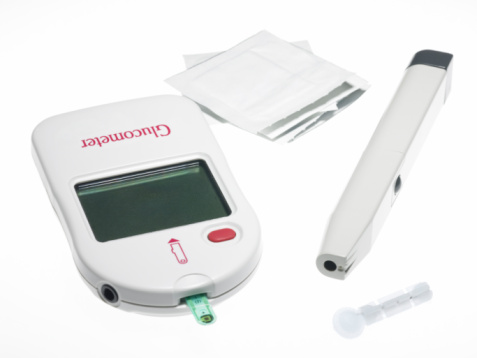Exciting New Glucose Meter, Diabetes in Asia and More
 New device measures both blood glucose and A1C
New device measures both blood glucose and A1C
MyStar Extra is a new blood glucose meter that doesn’t stop at just monitoring your blood glucose level. It also figures out an estimated A1C level using new technology. Instead of just taking an average based on the results of tests, MyStar Extra creates a more accurate reading by accounting for meal tags that the user can attach to readings, and the length of time between readings. In addition, this meter has the ability to tell you how your body responds to different meal plans and exercise habits.
New website to tackle diabetes epidemic in Asia
A new program, run by the Harvard School of Public Health and Saw Swee Hock School of Public Health in Singapore, aims to provide important information that may help to curb the spread of diabetes in Asia. Currently, the Asian continent is in the midst of a diabetes epidemic that can have serious long-term effects. The information will be presented on www.asiandiabetesprevention.
Gestational diabetes may increase risk of heart disease in women
The Journal of the American Heart Association recently published a study showing a connection between gestational diabetes (the kind that pregnant women get) and a higher risk of heart disease. None of the women studied showed any evidence of diabetes or heart disease before they became pregnant, and about 13% went on to have gestational diabetes. Of these, an increase in the thickness of artery walls (a sign of future heart disease) was found that was not present in the others. The scientists suggest that screening for these problems may result in better treatment for heart disease.
Many Americans forced to choose between food and medical treatment
9,700 adults with chronic diseases recently took part in the U.S. National Health Interview Survey and the results were published in the American Journal of Medicine. The findings show that around 20% of chronically ill Americans had trouble affording their medicines, 19% struggled to afford food, and 11% had problems with both. Many of these people earned as much as 2 or 3 times the federal poverty line, so did not qualify for government help. In addition, these problems affect African Americans, Hispanic Americans, those with many chronic problems, and people without insurance the most.

